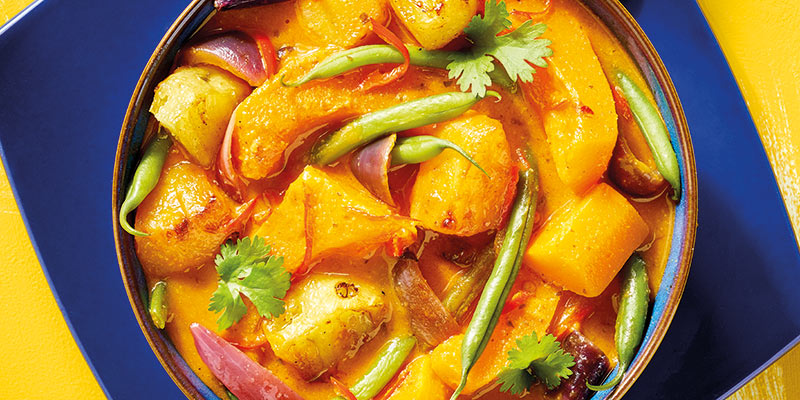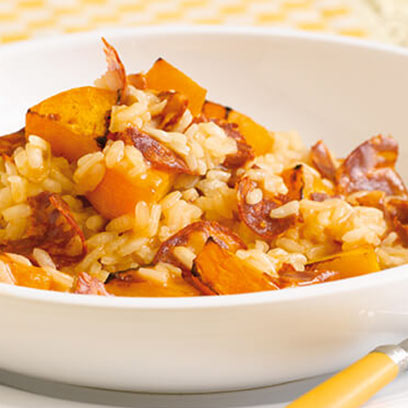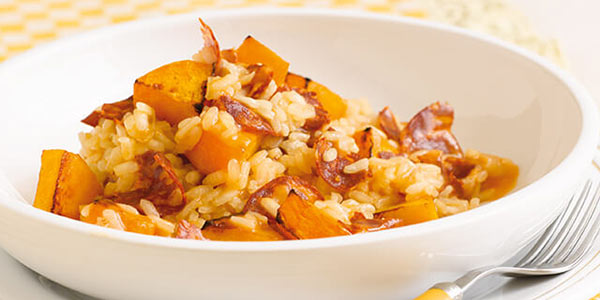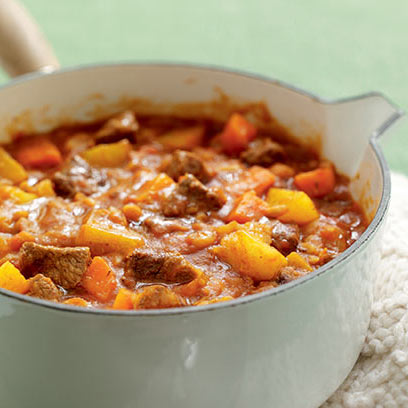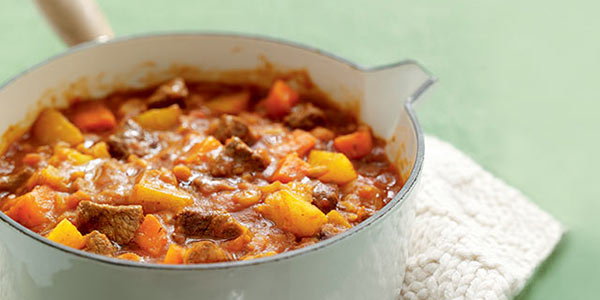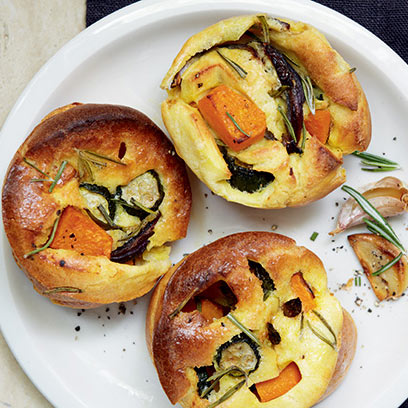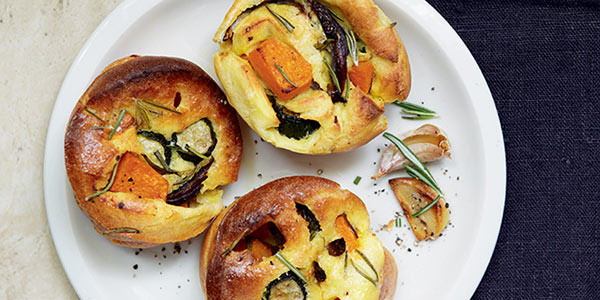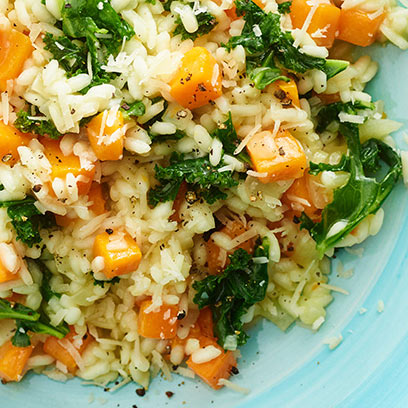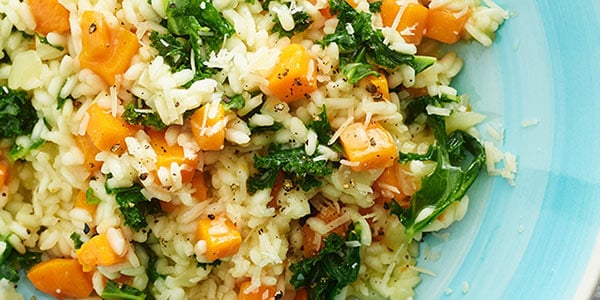Before you choose a new recipe, let’s start with a few top tips...
How To Store Butternut Squash
Its thick, heavy outer ‘rind’ makes Butternut Squash one of the longest-lasting vegetables around. They like to be stored in a cool, dry place - at warmer room temperature or in the fridge they’ll turn more quickly.
How To Cut Butternut Squash
Cutting can be a little tricky because of the rind, shape and thick pulp-y flesh inside. Rather than slicing as you might with smaller veg, run a large knife to ‘score’ the length of the squash, then put the blade into the cut and knock the knife until it splits in half.
Then, just as you might with a pumpkin at Halloween, scoop out the seeds (great for toasting later) and then trim the rind off before cutting your chunks for cooking - treat them as you would potatoes for mashing or roasting as a side dish, or use our recipes below.
Did you know…
You might have guessed that Butternut squash hails from the same family as pumpkins, but its 'Cucurbita moschata' species also includes cucumber and courgette.
How To Cook Butternut Squash
Butternut Squash recipes mainly use chunks, or mashed flesh with use the same par-boiling techniques as potatoes. You could simply roast or add to a stew to cook along with other ingredients, and even bake a whole (halved) one too , either stuffed/filled or ready-to-eat as it comes. Butternut Squash is good for slicing into layers for a lasagne too, if you want to replace pasta with a crunchy, satisfying veg instead.
Butternut Squash is great for blending and mashing if you're weaning a baby, it makes a tasty and easy-to-eat meal when simply cooked and puree’d.



